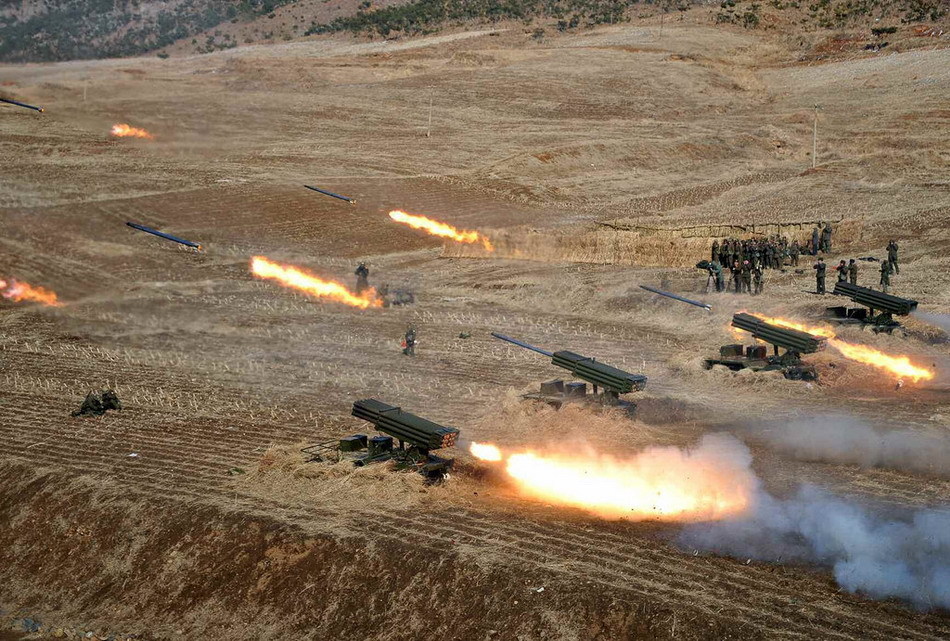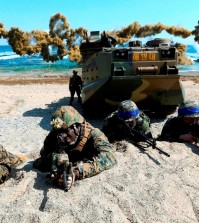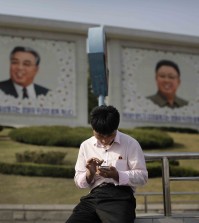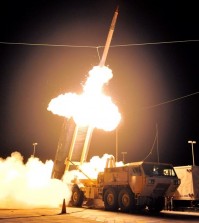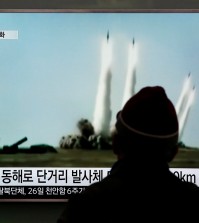- California Assembly OKs highest minimum wage in nation
- S. Korea unveils first graphic cigarette warnings
- US joins with South Korea, Japan in bid to deter North Korea
- LPGA golfer Chun In-gee finally back in action
- S. Korea won’t be top seed in final World Cup qualification round
- US men’s soccer misses 2nd straight Olympics
- US back on track in qualifying with 4-0 win over Guatemala
- High-intensity workout injuries spawn cottage industry
- CDC expands range of Zika mosquitoes into parts of Northeast
- Who knew? ‘The Walking Dead’ is helping families connect
N. Korea launches 2nd day of firing drills
SEOUL, May 14 (Yonhap) — North Korea carried out a firing drill near the tensely patrolled western maritime border with the South for a second consecutive day on Thursday, raising tension on the peninsula following its new missile test.
The North fired about 190 rounds of shells from a warship and its coastal artillery from 7:10 p.m. to 9:40 p.m. near the Northern Limit Line (NLL), but none of the artillery rounds landed on the south side of the sea border, the Joint Chiefs of Staff (JCS) said.
On Wednesday, the North’s military said it will stage the firing drills any time between 3 p.m. Wednesday and midnight on Friday in its territorial waters, and commenced with the drill just hours after the announcement.
The South Korean military considered the two-day artillery drill “an act of escalating tension,” pledging to stay vigilant against any provocations.
The live-fire drill came days after Pyongyang threatened to fire without warning on South Korean vessels it accused of violating its territorial waters, though Seoul has denied any border incursions.
Inter-Korean tensions have spiked since the communist state said Saturday that it successfully tested a new submarine-launched ballistic missile (SLBM). The test raised securities concerns because if confirmed, it would represent a significant step forward in the North’s missile technology.
The NLL is the de facto inter-Korean sea border in the Yellow Sea, though Pyongyang does not acknowledge it and has demanded the line be drawn farther south. After the 1950-53 Korean War ended in a ceasefire, the U.S.-led United Nations Command drew the border.







